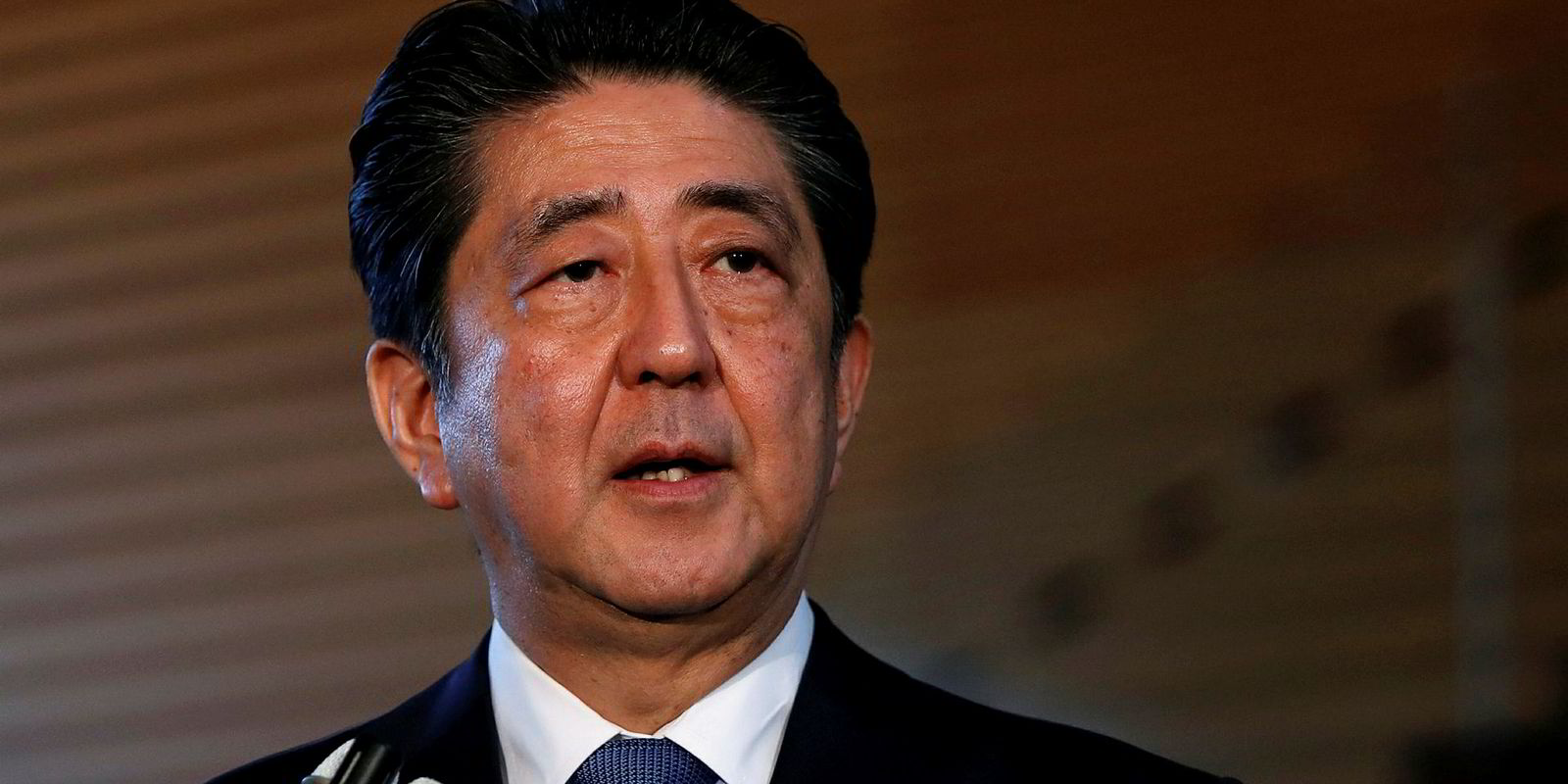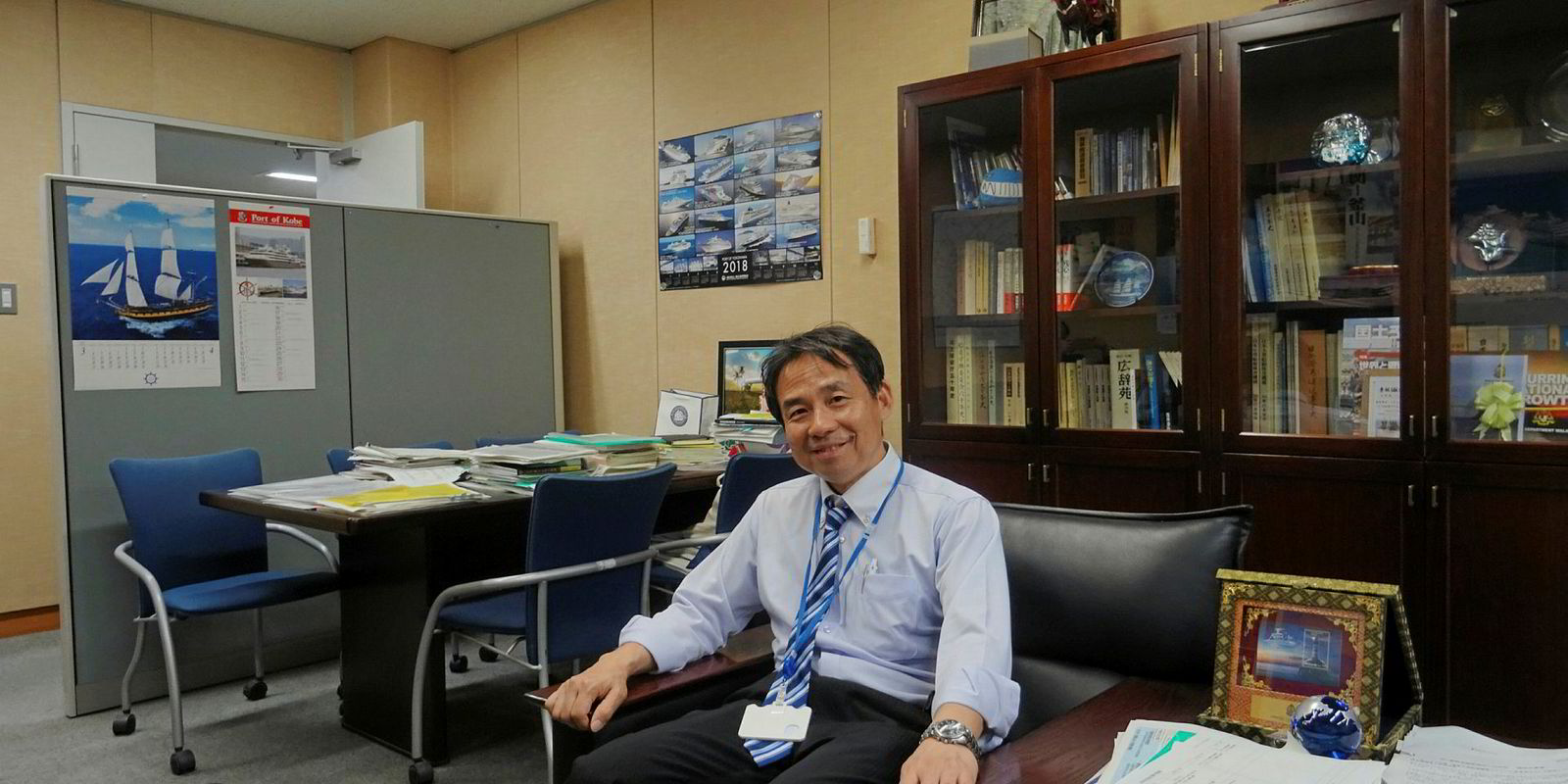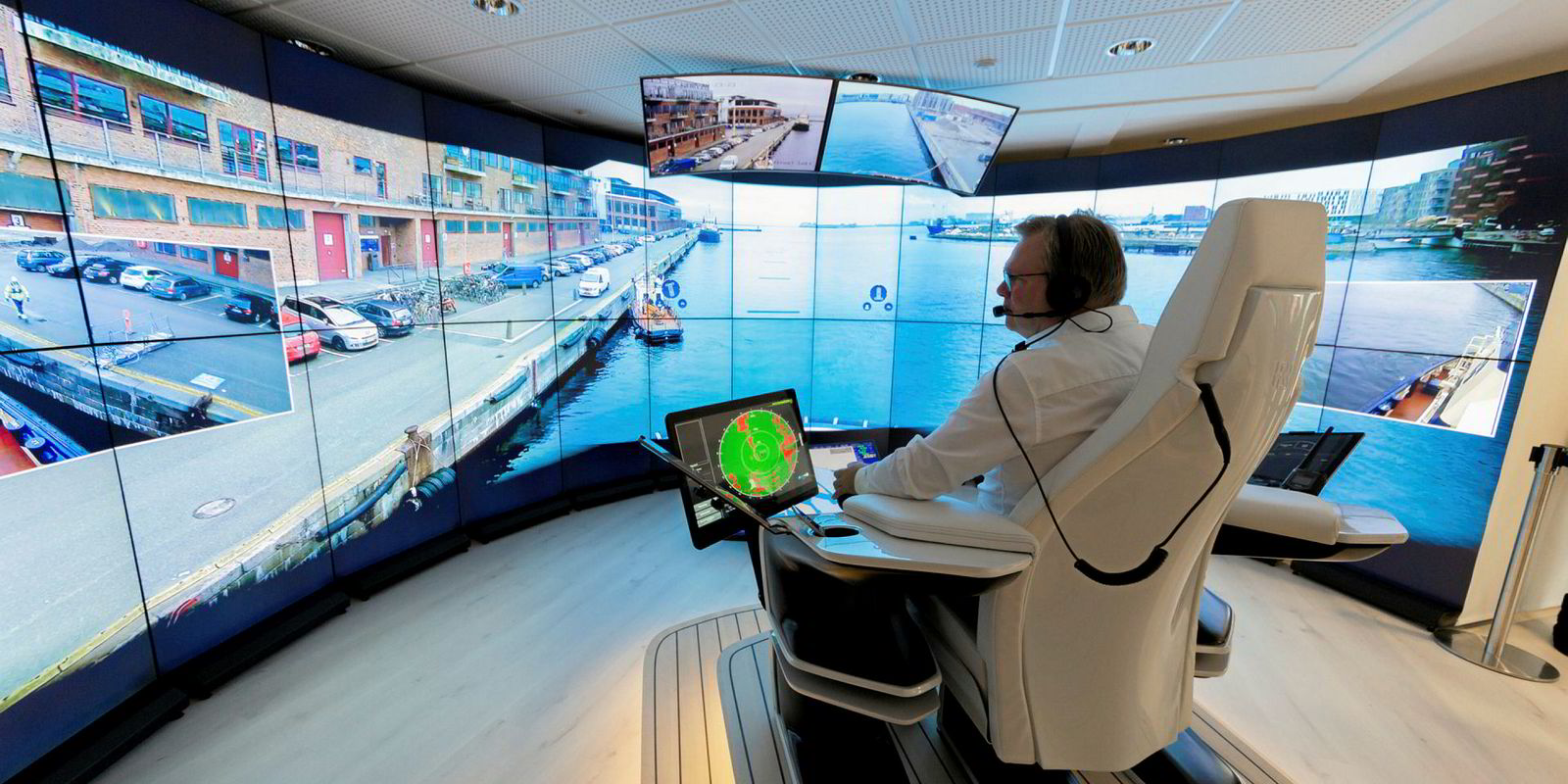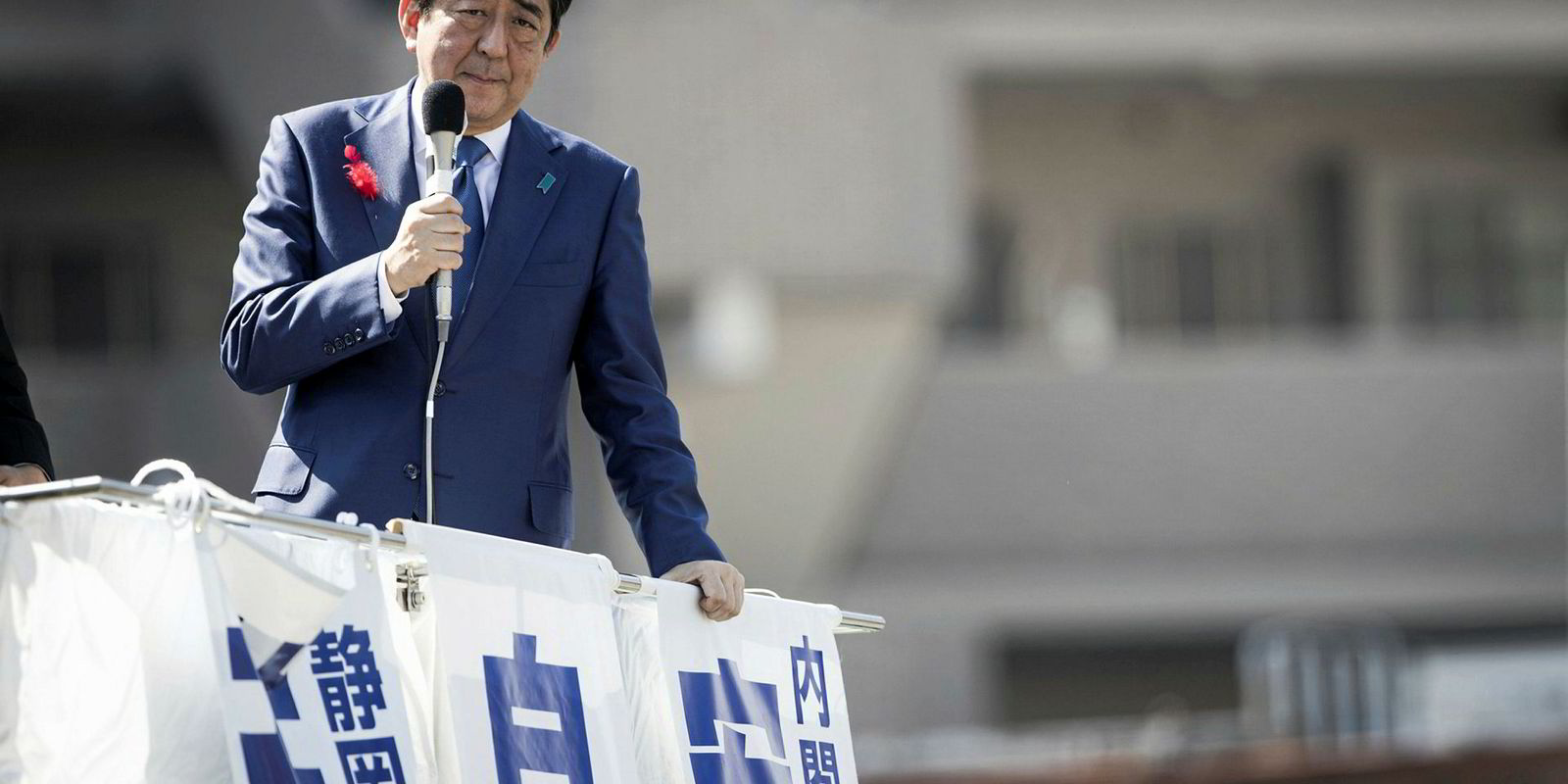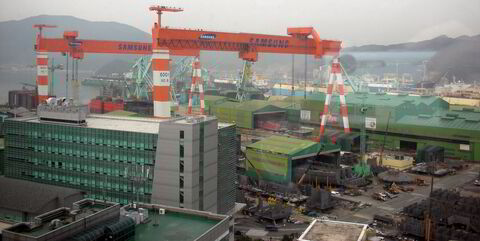Japan is hoping to develop automated ships but, under the "i-shipping for a revolution in productivity" project, its aims fall short of achieving fully unmanned vessels.
Shinichiro Otsubo, director of Japan’s Ministry of Land, Infrastructure, Tourism and Transport (MLIT), says the government’s view is that some level of manning must always be maintained.
Otsubo believes it is essential to develop a level of automation for each of the dozens of different tasks required to operate a vessel.
“A ship is a complicated plant, which is operating for 24 hours [per day],” he says. “There are many tasks onboard — navigation is only one of many functions. There is also manouvering, machinery operation, maintenance, cargo management, berthing, mooring, and loading and unloading. For each task, we must think of the appropriate level of autonomy.”
He also says fully unmanned ships are not cost effective.
“A ship is a huge asset, if it is left unmanned and something happens such as malfunction in a system that requires a part to be changed, it is better to have someone onboard to fix it rather than have someone flown in at a huge cost,” he says.
The Japanese project is applying a very structured approach to automation. It is currently at stage one of its ambitions, involving the application of decision support systems such as optimised routing of ships.
Phase two will involve developing digitalised systems that give feedback to seafarers and offer advice on appropriate action such as collision avoidance. It will also apply limited remote-controlled functions to certain aspects of the ship operation.
Under phase three, a much higher level of automation will be applied that, in many cases, will cut out the seafarer from ship operations. However, there may have to be changes to shipping regulation and liability insurance before that can happen.
Current rules, such as the Convention on the International Regulations for Preventing Collisions at Sea, are based on the premise that seafarers are in control of the vessel and that ultimate responsibility lies with the ship’s master.
“Phase three brings a high level of autonomy to most onboard tasks, so there will need to be a broad change in regulatory and liability issues,” Otsubo says.
The other issue is that, with reduced manning on the bridge, there is a higher chance of collisions with small fishing and recreational vessels under 500 gt, which are not required to transmit an automatic identification system signal.
A mobile phone application has already been trialled as a possible way for recreational boats to transmit their position to passing merchant traffic, although it is still at an experimental stage.

